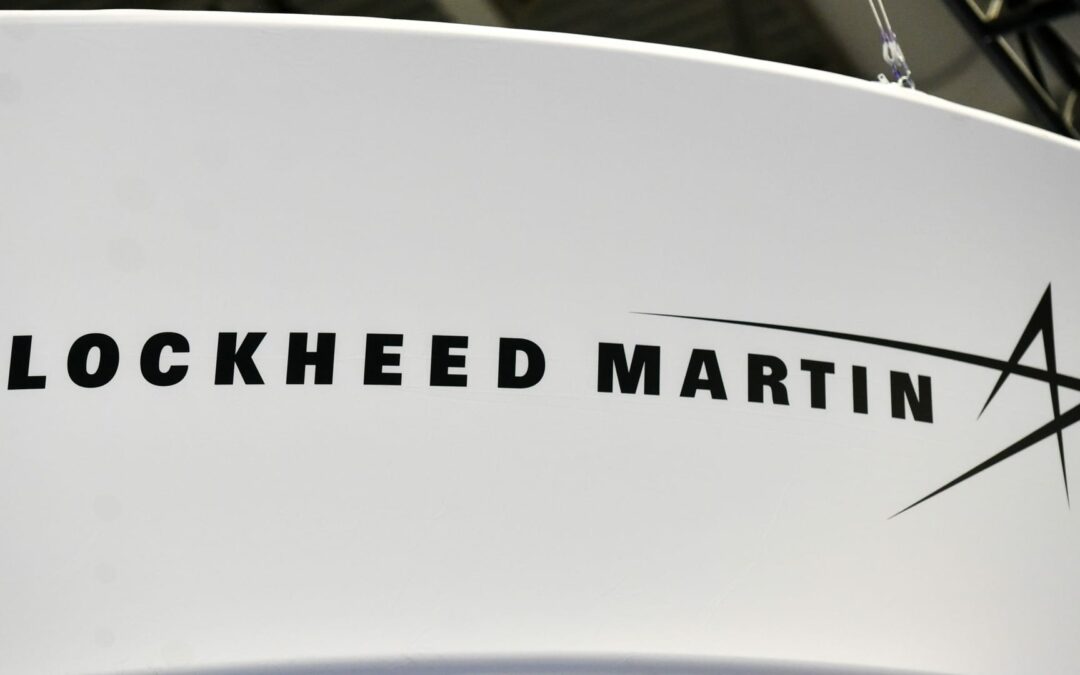The Lockheed Martin logo is seen during the the 70th annual International Astronautical Congress at the Walter E. Washington Convention Center in Washington, DC on October 22, 2019.
Mandel Ngan | AFP | Getty Images
Lockheed Martin has been awarded a $17 billion contract to develop the next generation of interceptors that would guard the United States against an intercontinental ballistic missile attack, two industry sources briefed on the matter told Reuters.
The win represents a shot in the arm for Lockheed after the U.S. said it would start reducing F-35 orders and the Army said in February that it was abandoning development of a Future Attack Reconnaissance Aircraft, a next-generation helicopter for which Lockheed had submitted a design.
The multi-year contract will be awarded as soon as Monday by the U.S. Missile Defense Agency, which is developing the Next Generation Interceptor to modernize the current Ground-Based Midcourse Defense program, a network of radars, anti-ballistic missiles and other equipment designed to protect the United States from intercontinental ballistic missiles.
Lockheed shares rose over 1% on the news on Monday.
Both Lockheed and the Missile Defense Agency declined to comment. The sources did not indicate the length of the contract, but the first interceptor is expected to be operational in 2028.
The NGI is currently in its technology development phase and will transition to its product development phase in May, according to written testimony submitted by the head of the Missile Defense Agency, Lieutenant General Heath Collins, last week.
Collins said the agency would select either Lockheed or Northrop Grumman for the program. The companies were awarded separate contracts in 2021 to develop designs for the missile.
In 2019, the Pentagon scrapped work on a Boeing contract for a “kill vehicle,” the tip of an interceptor that detaches in space and “kills” the incoming warhead, due to technical design problems after spending $1.2 billion on the project.
The United States then decided to restart the contract process to gather bids on designing the whole interceptor including the “kill vehicle.” Boeing was knocked out of the competition in 2021.
The next-generation interceptor program would be worth about $17.7 billion over its lifetime according to government estimates, as the contractor works to make the technology capable of defeating current ballistic missile threats and future technological advances from countries including North Korea and Iran.
In January, Lockheed forecast its 2024 profit below Wall Street expectations, as the defense contractor’s largest aeronautics segment that makes the F-35 jets faces supply-chain snags.
Reuters has reported that Lockheed would cut 1% of its jobs over the course of 2024 in a bid to cut costs and streamline operations.
U.S. defense giants have benefited from robust demand for weapons due to heightened geopolitical tensions over the last two years. Sales of U.S. military equipment to foreign governments in 2023 rose 16% to a record $238 billion.









